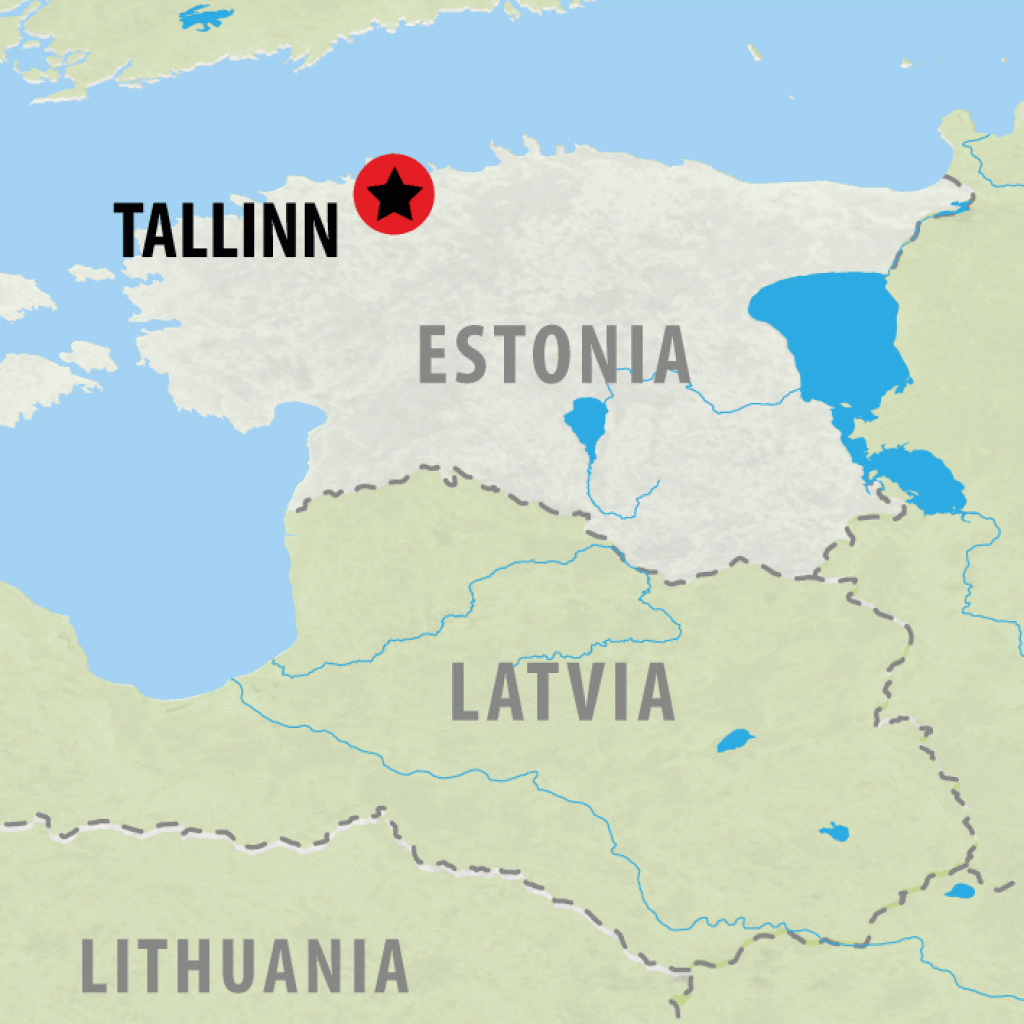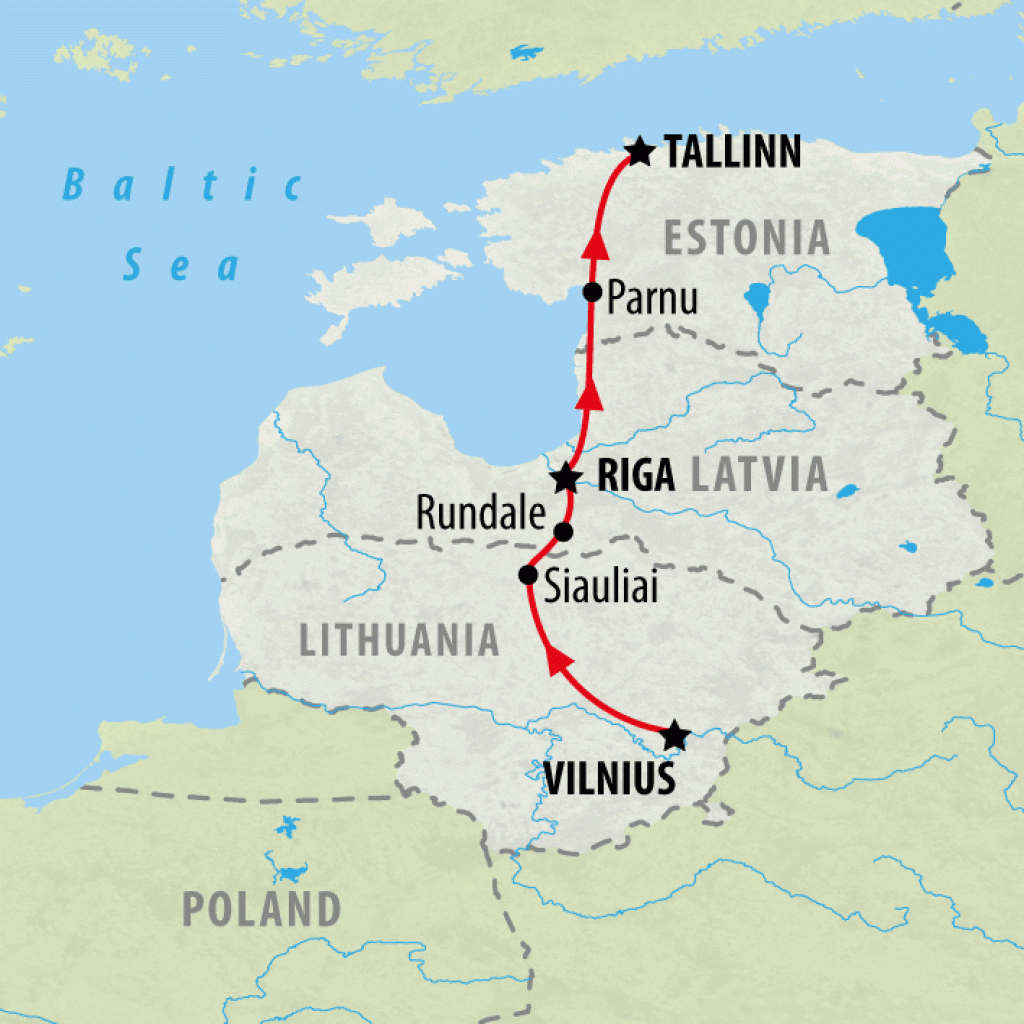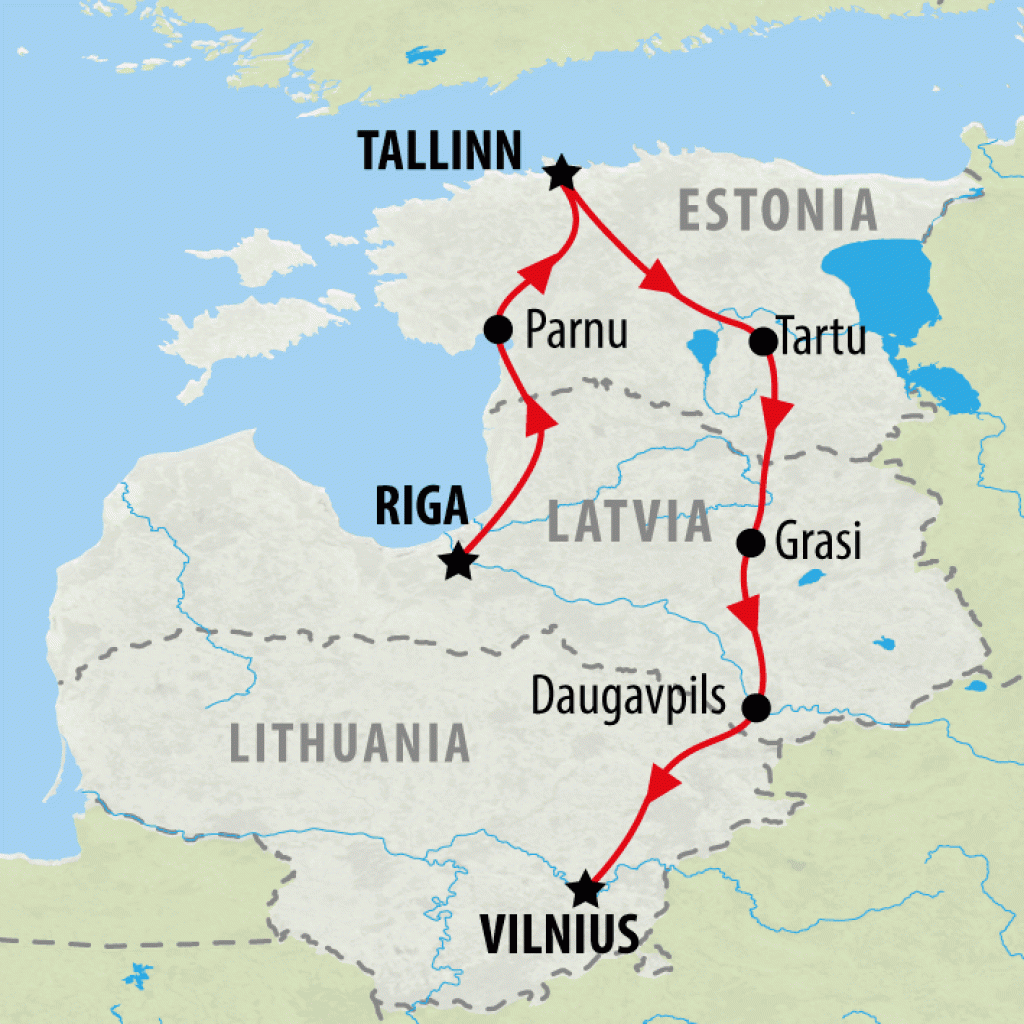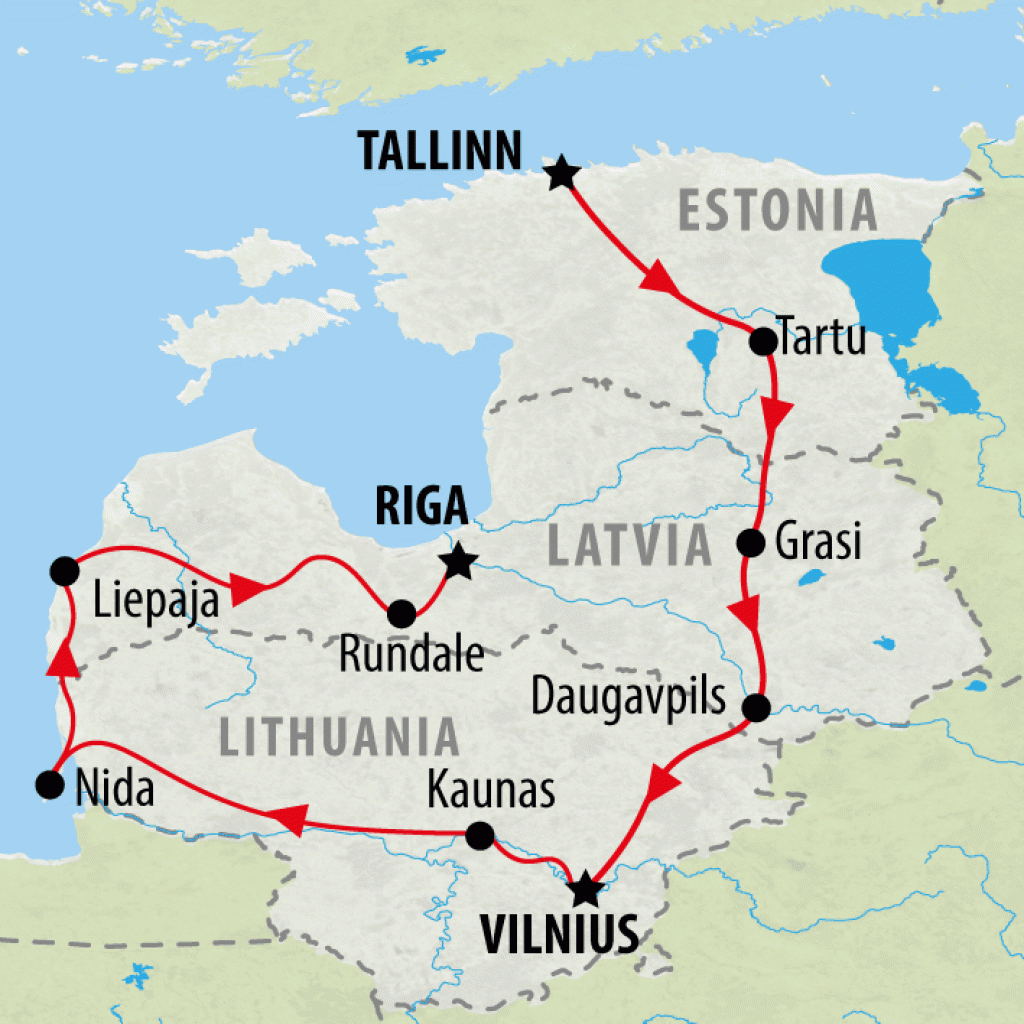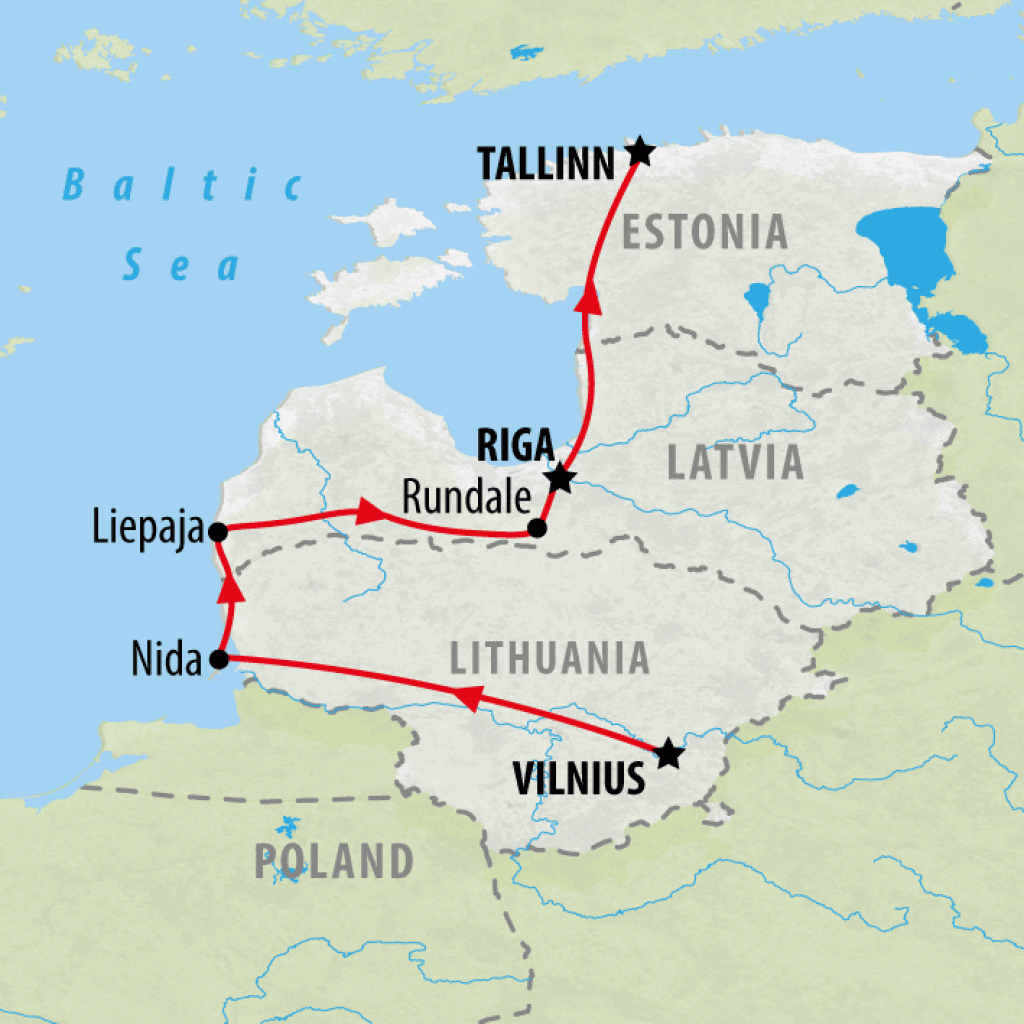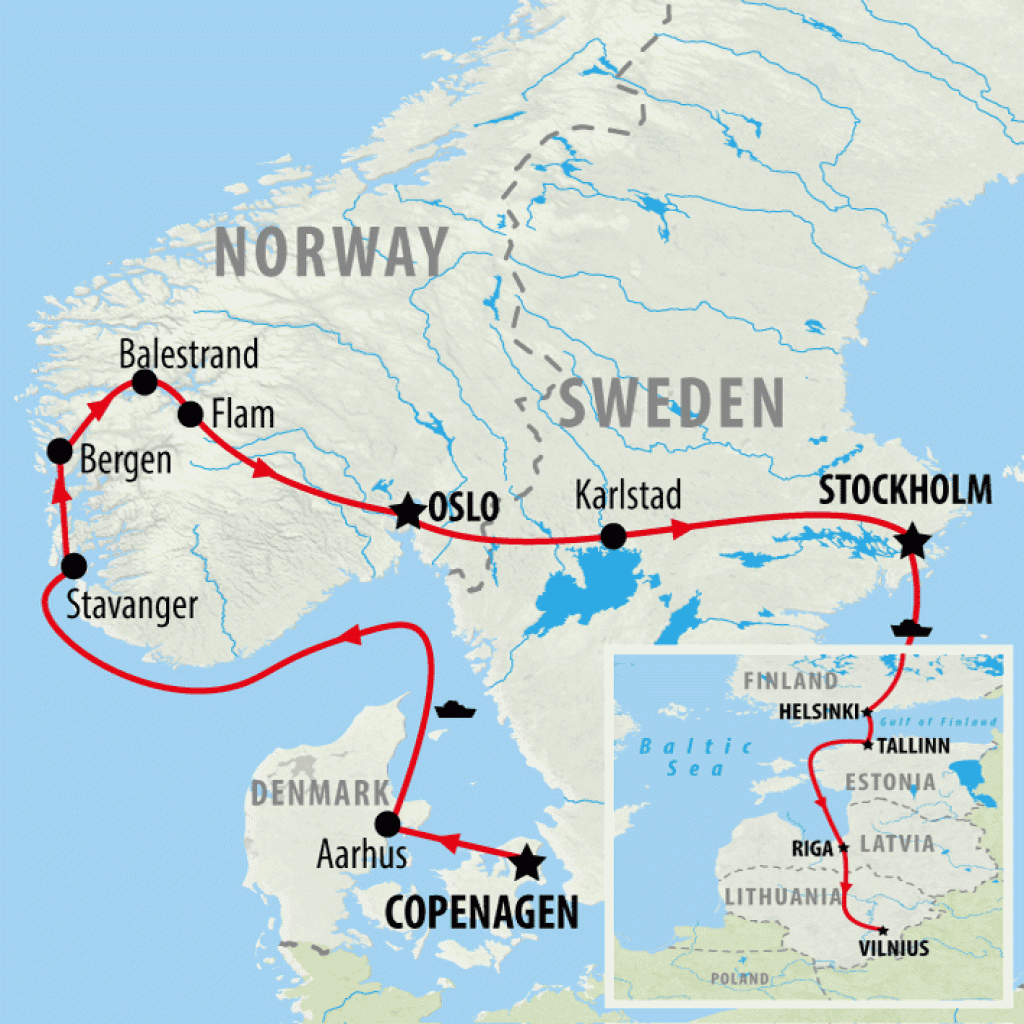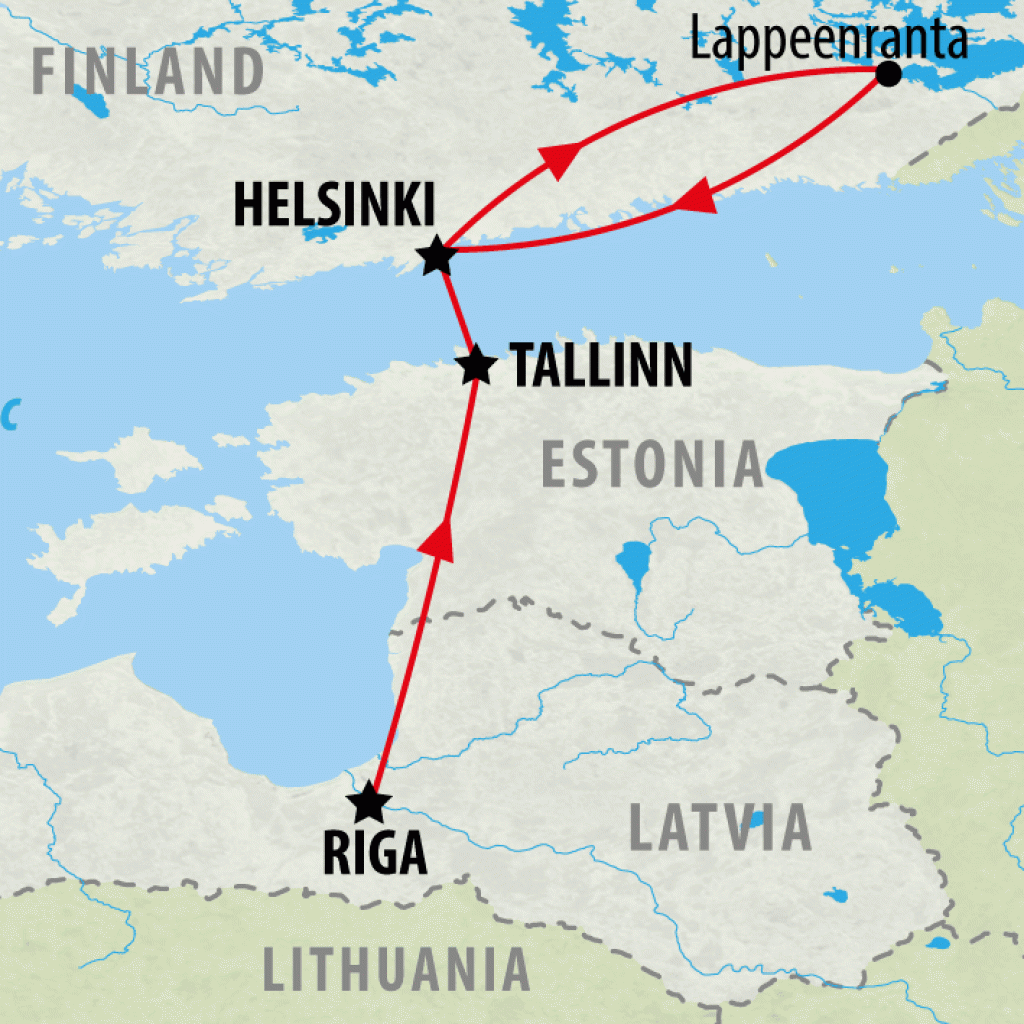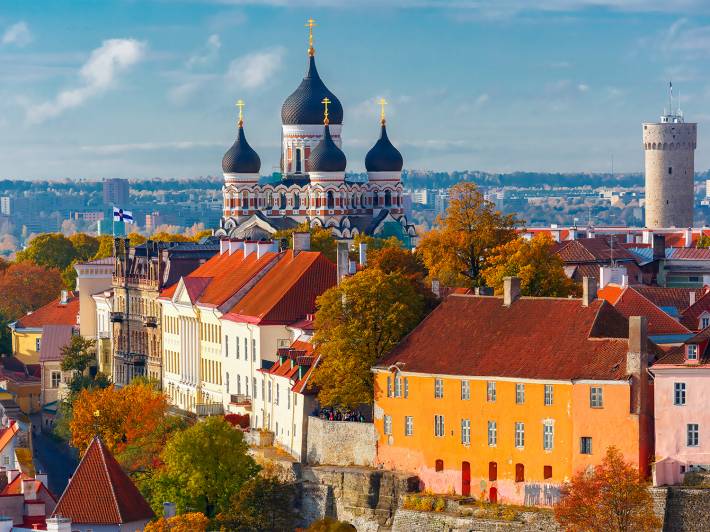
Tallinn
Estonia's capital remains the most popular destination for travelers. You'll want to start in the Old Town but there's much more to see after a wander around here. Delight in the emerging food scene, visit Kadriorg Palace, and explore the Estonian Open Air Museum. There is more information below!
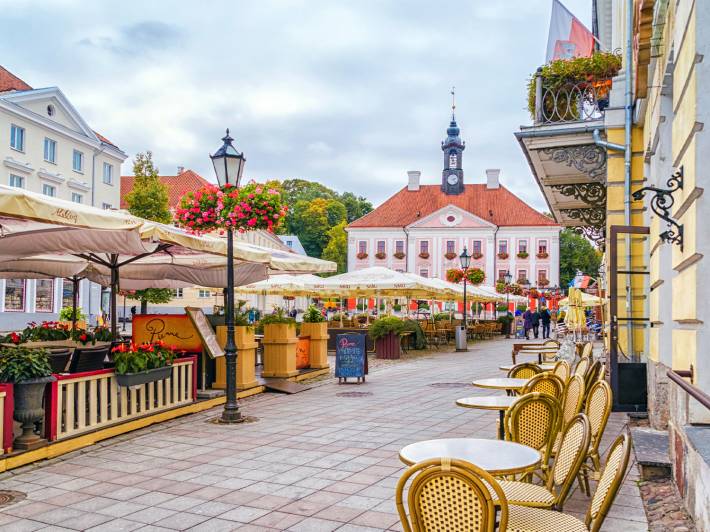
Tartu
Estonia's second city is home to the country's main university and also has its own vibrant Old Town. The other main attraction in the city is the Estonian National Museum, housed on the runway of a former Soviet airfield. It offers a great introduction to Estonian history and culture, with interactive exhibits for all the family. Tartu has been designated the European Capital of Culture for 2024, with a huge array of events and celebrations planned.
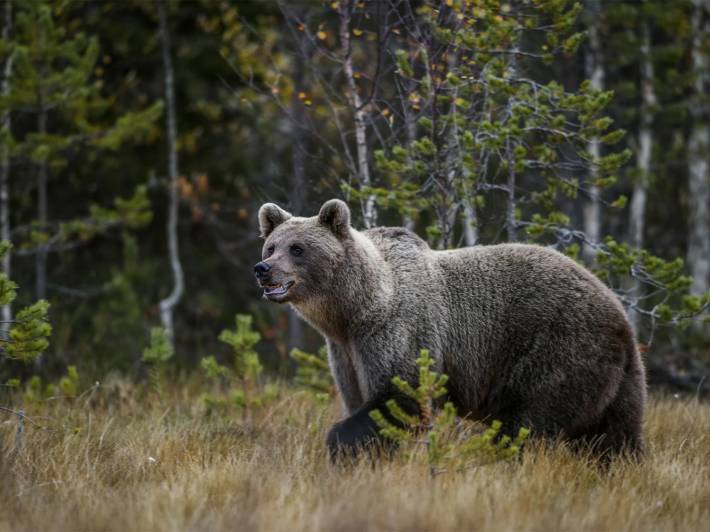
Alutaguse National Park
If you want to go wildlife watching in Europe, you are pretty limited for choice. But in Estonia, you can enjoy the unique experience of seeing bears, wolves and lynx, as well as elk, deer and other species. Half of the country is covered in forest or national parks, and the park was established in 2018 to protect this unique ecozystem. Admittedly, all of these species are hard to spot, but a few days spent here is sure to yield some wildlife experiences, and it's a wonderfully wild and remote place to escape to after Tallinn.
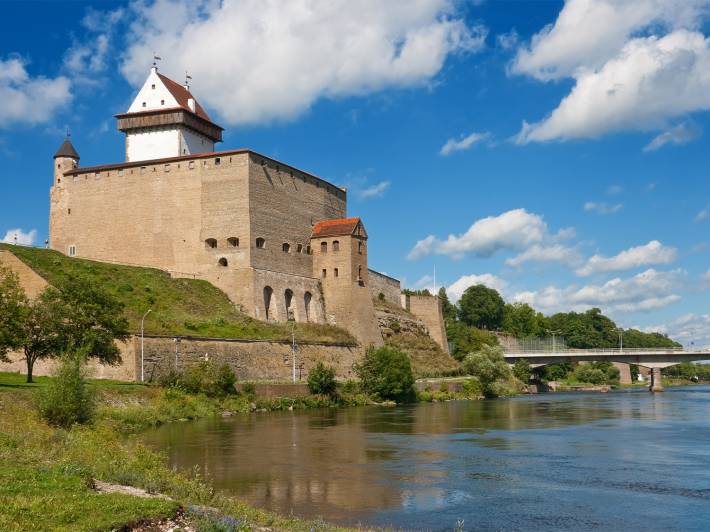
Narva
Located in Estonia's far east and separated from Russia by the Narva River, Narva is a lesser-travelled part of Estonia. But the city is the third largest in the country after Tallinn and Tartu, and an easy day trip from the capital. One of the main highlights of the city is Narva Castle, which is faced by the Russian Ivangorod castle on the other side of the river. Narva was almost completely destroyed during the Second World War, and underwent reconstruction by the Soviets in the aftermath of the conflict.
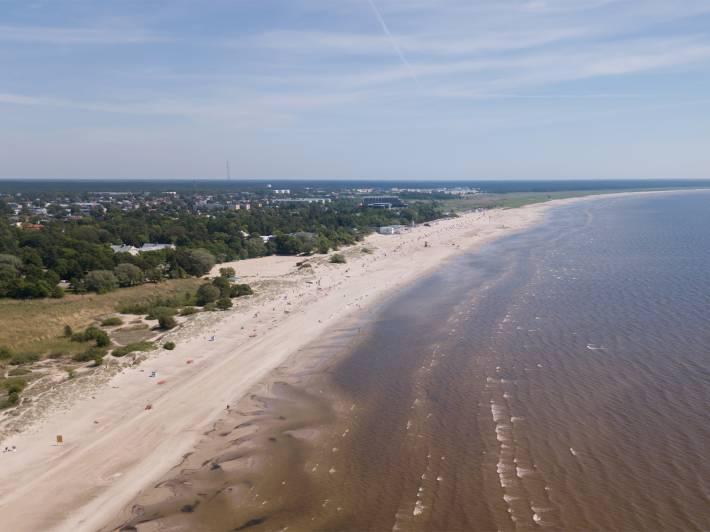
Parnu
Estonia's coastal summer capital is the place to be from June to September. A sleepy town in the winter, it comes to life when the weather warms up, with its long beaches filled with Estonians and foreign travelers alike. All manner of festivals and events take place, and the local spa hotels fill up with people looking to be pampered.
BEST PLACES TO VISIT IN TALLINN
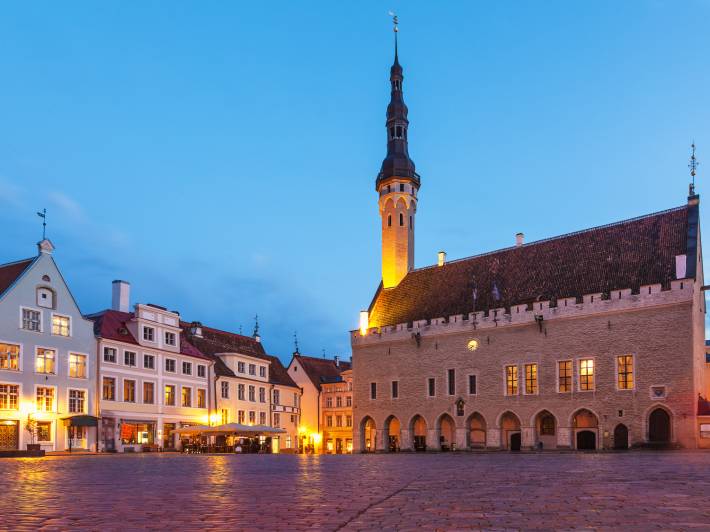
Tallinn Old Town
Enclosed by medieval walls, Tallinn's Old Town is a charming collection of ancient churches, grand baroque palaces and forbidding fortifications. Dating back to the 12th century, Tallinn's old town is now a UNESCO World Heritage Site and shows the influences of Danish, Swedish, German and Russian rule in its architecture with a plethora of styles and features. The cobbled market square of Raekoja plats sits at the center of town and throughout the year plays host to open-air performances, medieval festivals, and a magical Christmas market in the winter months.
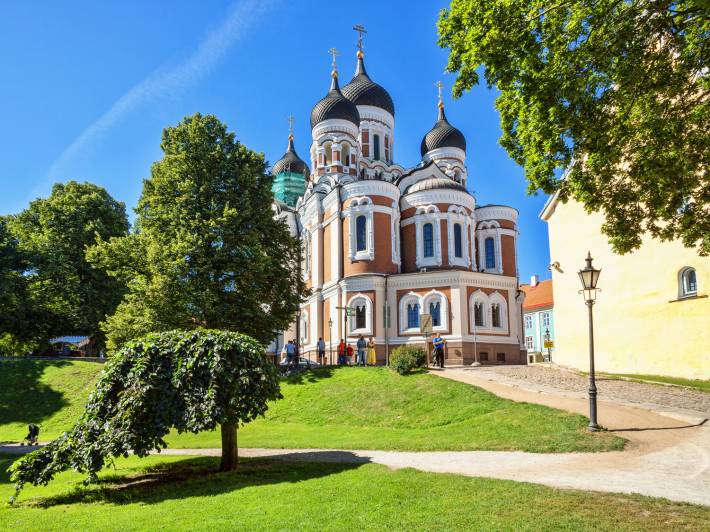
Alexander Nevsky Cathedral
Completed in 1900, the impressive Alexander Nevsky Orthodox Cathedral was built during a period when Russian Tsars ruled Estonia and much of the Baltic. Typical of a Russian Orthodox cathedral, it features onion-domes with golden spires and a beautiful interior richly decorated with wonderful icons and frescoes. Crowning Toompea Hill, the Alexander Nevsky Orthodox Cathedral is Tallinn's largest and features 11 bells, one weighing 15 tonnes.
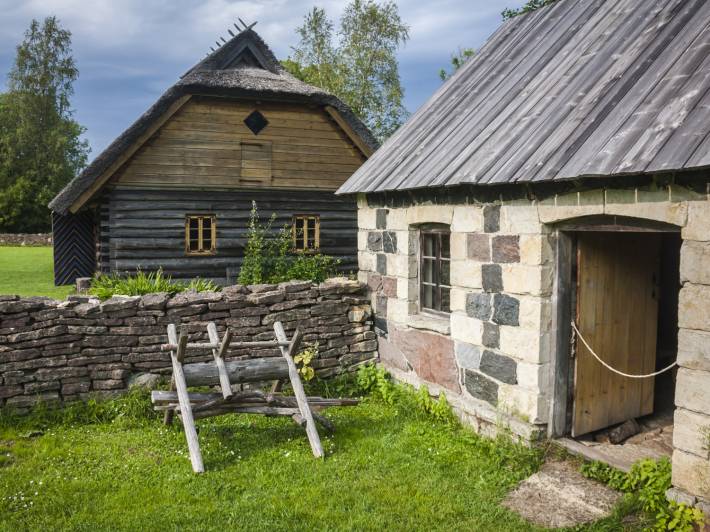
Estonian Open-Air Museum
A short distance from Tallinn stands the Estonian Open-Air Museum, a collection of 14 farms that showcase rural Estonia - its architecture and traditional way of life. Historic buildings from the 18th, 19th and 20th centuries litter the sprawling complex with everything from chapels to taverns with mills, shops and a fire station also. In the summer months staff dress in traditional costume, emphasizing the sense that you've returned to the past. Visitors can enjoy traditional Estonian cuisine, ride in a horse-drawn carriage, shop for handicrafts or hire bikes and explore at leisure.
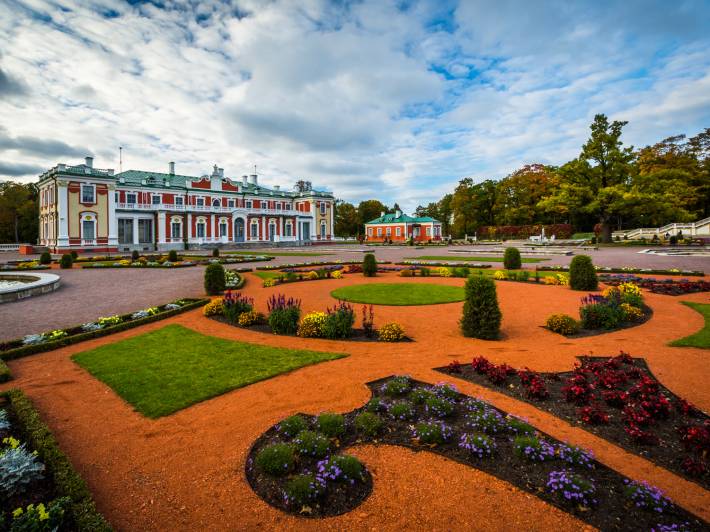
Kadriorg Park
Situated some 2km from Tallinn's Old Town, the romantic Kadriorg Park is the green heart of the capital where grand oak and chestnut trees line formal ponds and historical houses border the grounds. Construction on the park began under Russian rule and a number of architectural pieces display such influence including the baroque Kadriorg Palace, a brilliantly preserved summer palace that was designed to resemble the Italian palaces of the time. Kadriorg Park is also home to the KUMU Art Museum with displays of Estonian art classics and modern pieces.
See Also
To help further plan your visit to Estonia, check out our handy Travel Guide resources:
Best Time to Visit - climate and seasons in EstoniaTourist Visas - details regarding visa regulations and procurement
Top Travel Tips - useful information on money, health, food and shopping
Tallinn Vs Riga Vs Vilnius - your guide to the three Baltic capitals


















